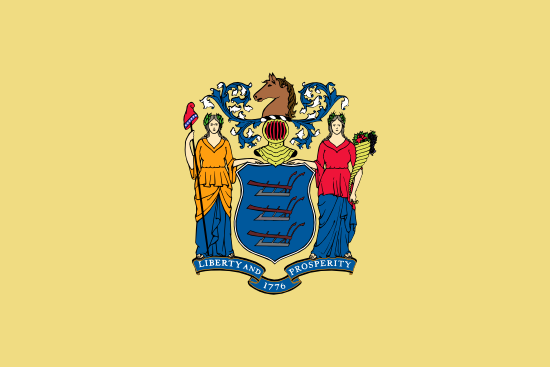
Newark
- County:
- Essex County
- County Seat:
- No
- Area (mi²):
- 24.144
- State:
- New Jersey
Newark is a city located in Essex County, New Jersey. Newark has a 2025 population of 317,303 . Newark is currently growing at a rate of 2.61% annually and its population has increased by 2.14% since the most recent census, which recorded a population of 310,665 in 2020.
The median household income in Newark is $48,416 with a poverty rate of 24.66%. The median age in Newark is 34.8 years: 33.8 years for males, and 36.1 years for females. For every 100 females there are 97.8 males.